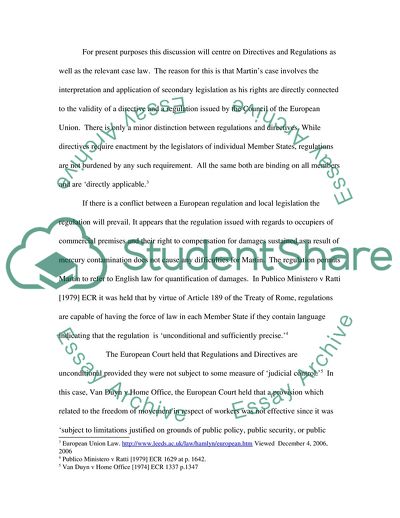Cite this document
(Constitutional Law Assignment Example | Topics and Well Written Essays - 2500 words, n.d.)
Constitutional Law Assignment Example | Topics and Well Written Essays - 2500 words. https://studentshare.org/law/1705566-constitutional-law-of-the-european-union
Constitutional Law Assignment Example | Topics and Well Written Essays - 2500 words. https://studentshare.org/law/1705566-constitutional-law-of-the-european-union
(Constitutional Law Assignment Example | Topics and Well Written Essays - 2500 Words)
Constitutional Law Assignment Example | Topics and Well Written Essays - 2500 Words. https://studentshare.org/law/1705566-constitutional-law-of-the-european-union.
Constitutional Law Assignment Example | Topics and Well Written Essays - 2500 Words. https://studentshare.org/law/1705566-constitutional-law-of-the-european-union.
“Constitutional Law Assignment Example | Topics and Well Written Essays - 2500 Words”. https://studentshare.org/law/1705566-constitutional-law-of-the-european-union.


